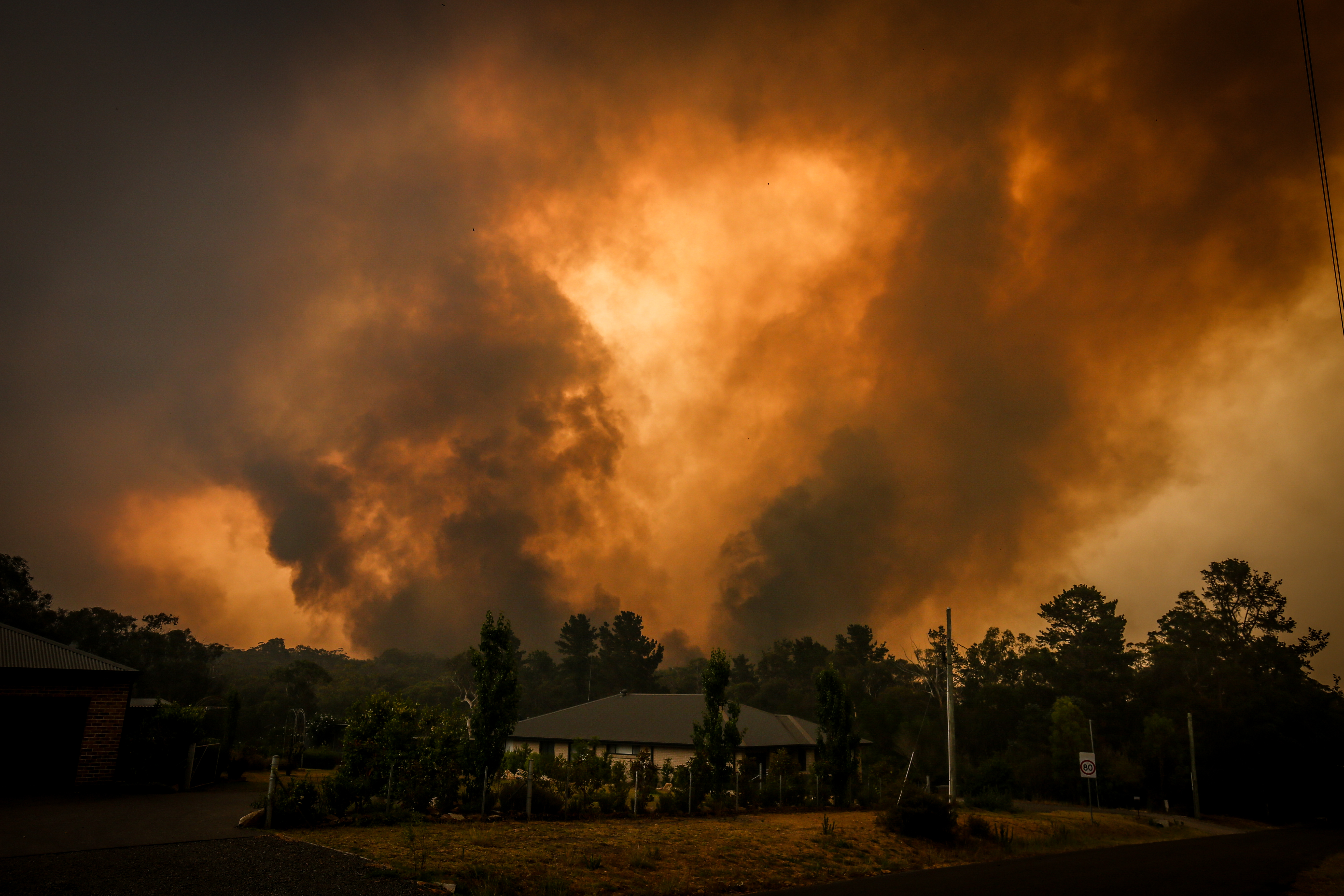News feed

We don’t need to tell you how bad the bushfire crisis has gotten – you know, you’re likely there, you’re likely inhaling smoke with every breath.
But in summary, around 500 million animals are estimated to have died, the human death toll currently sits at 18, more than 1,200 homes have been already been destroyed and over 13.5 million acres of land.
The fires are categorically worse than both those which ravaged the Amazon rainforest and the recent Californian wildfires and the smoke is now reaching over 2,000kms to New Zealand.
The crisis is worsening by the day and the fires are estimated to continue for months.

Below, all of the ways you can help.
1. Donate to The Australian Red Cross
The Red Cross has volunteers at evacuation and recovery centres.
2. Donate to the NSW Rural Fire Service
You can aid the firefighters and volunteers fighting the blazes at the frontline by donating to the NSW Rural Fire Service. In just over 24 hours, Comedian Celeste Barber raised $14.8m.
To donate to the NSW Rural Fire Service, click here.
3. Donate to the Salvation Army Australia
The Salvation Army launched a disaster appeal, providing shelter and meals to evacuees and front-line responders.
To donate to the Salvation Army Australia, click here.
4. Donate to St. Vincent de Paul Society Australia
The charity is requesting money to help evacuated families cover bills and rebuild.
To donate to St. Vincent de Paul Society, click here.
5. Donate to WIRES
To help the hurt and displaced animals, donate to WIRES.
6. List your spare room or home on Airbnb Open Home
For those who have lost their homes or had to evacuate in either NSW or Victoria, Airbnb has activated its Open Homes program, which means residents in the area can list their properties or spare rooms so that displaced families will have a place to stay for free.
List your home or find a place to stay here.
Airbnb hosts are opening their homes for free to help those impacted by the bushfires in New South Wales. Find temporary accommodations here:https://t.co/y3NUN4Gefr
— Airbnb Help (@AirbnbHelp) January 2, 2020
7. Write to the government
You can also personally write to Prime Minister Scott Morrison to ask for urgent action on climate change and more support for those who need it.









